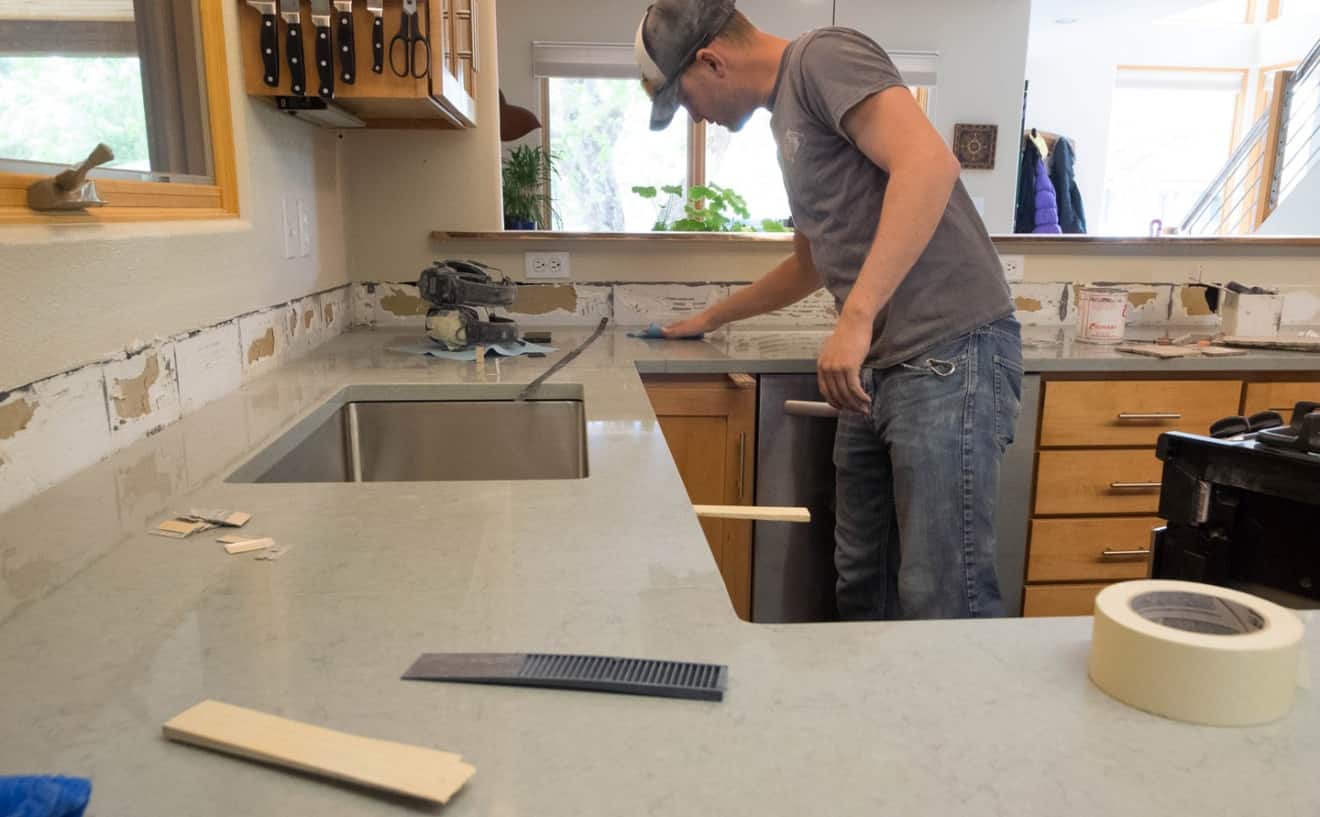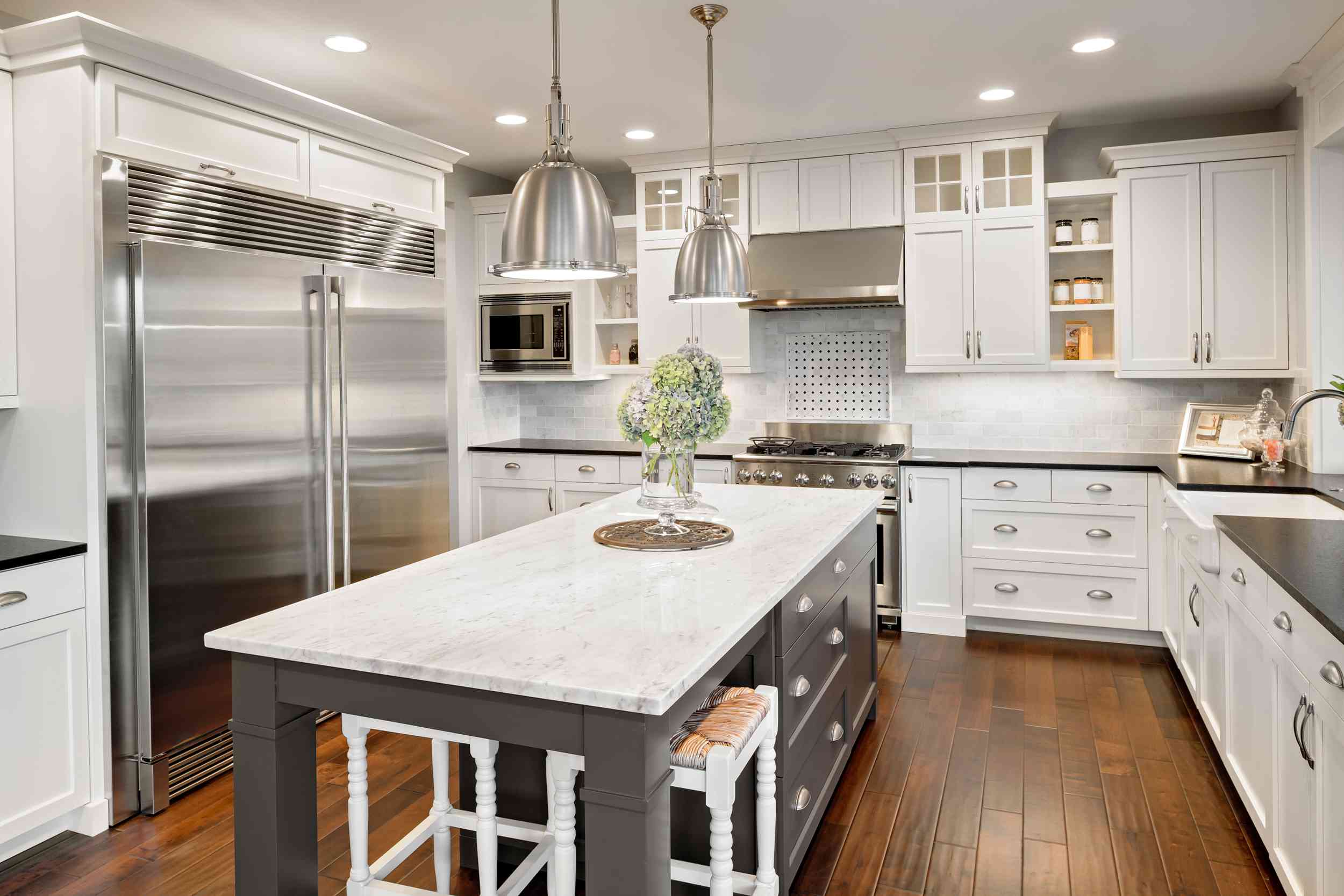Marble countertops have long been seen as a symbol of elegance and timeless style. Whether it’s a bright Carrara in a sunlit kitchen or a dramatic black marble in a sleek bathroom, the material instantly elevates a space. But here’s the thing: marble isn’t the most budget-friendly option out there.
The good news? You don’t have to give up on your dream just because marble seems out of reach. There are several smart, simple strategies that can make your upgrade more affordable—without compromising the beauty you’re aiming for. So if you’re planning a renovation, or just daydreaming about a fresh new space, this guide is packed with real-world tips to help you make the most of your investment.
What Makes Marble Countertops Expensive?
Before diving into money-saving strategies, it helps to understand what actually makes marble countertops expensive in the first place. It’s not just the slab—it’s everything around it. Sourcing, thickness, finish, edge style, and installation details all play a role in shaping the final bill. Rarer marbles tend to be more expensive. So do slabs with bold veining or colors that are harder to find. The larger your space and the more complicated your layout, the higher your quote will climb.
This is why it’s smart to have a plan. Knowing the variables lets you identify where you can save—and where it’s worth spending a little more.
Save Big with Leftover Marble Pieces
If you’re not covering a huge area, consider using remnant pieces. These are leftover cuts from other projects—still high-quality marble, but available at a fraction of the original cost. Local fabricators often have beautiful remnants perfect for small kitchens, bathroom vanities, laundry rooms, or even coffee stations. This is one of the most practical budget tips for marble countertop installation that pros swear by. You might have to be a little flexible with color and size, but if you’re open to exploring, you could end up with a premium piece of stone for a seriously discounted price.

Keep the Edges Simple
Edge profiles can seem like a minor detail, but they can seriously impact your overall cost. Ornate edges (like ogee or waterfall) require extra work during fabrication, which increases labor charges.
On the other hand, a standard eased or flat edge keeps things clean and modern—and helps you stick to your budget without losing style. It’s a small detail, but one that adds up fast when you’re working with multiple countertops.
Minimize Cutouts and Extras
Each sink or cooktop cutout adds to fabrication complexity. That means higher costs. Even extras like drainboards or custom backsplashes can push the price higher. Instead, try to simplify. Stick to standard shapes and fewer modifications where possible. Not only does this keep costs manageable—it can also result in a cleaner, more minimalist look that lets the marble itself shine.
Know When (and Where) to Shop
Timing can make a surprising difference in price. Many suppliers offer discounts during the off-season, especially in winter months when demand slows down. Also, shopping locally can offer cost advantages beyond just price. The top local kitchen counter providers usually have access to a wide range of materials and may offer better deals on shipping, installation, and maintenance. Plus, they often have firsthand knowledge of what works best in your region’s climate, trends, and design preferences.
Buying from a local expert means you’re not just getting stone—you’re getting guidance from people who work with these materials every day.
Mix and Match Materials
If you love the look of marble but want to keep your upgrade affordable, try combining materials. Use marble in the focal areas—like a kitchen island or master bath—then opt for a more budget-friendly material (like butcher block or quartz) in the surrounding spaces.
This creates visual interest and keeps your design feeling intentional, not cookie-cutter. Best of all, it lets you enjoy the elegance of marble without going over budget.
Compare Quotes (And Know What You’re Paying For)
It’s always wise to get more than one quote. But even more importantly—compare what’s included. One provider might quote a lower price but leave out sealing or delivery. Another might offer a slightly higher price, but include everything from measurement to cleanup. Understanding the full scope of what’s covered can help you make a smarter decision—and avoid unexpected charges later.
Local providers tend to be more transparent and customer-focused, which makes communication easier. This is why working with top local kitchen counter providers can be a game-changer when you’re navigating a project with both style and budget in mind.
Think Long-Term: Protect Your Investment
Marble needs sealing—it’s just part of the deal. But that doesn’t mean you have to overspend on fancy maintenance services. Ask if sealing is included with your installation, and make sure you know how often it will need to be redone (usually once a year for high-traffic areas). It’s a small step, but it protects your countertops from stains and etching—and saves you money on repairs down the road.
Final Thoughts: Beauty Without the Blowout Budget
Marble countertops aren’t just for luxury dream homes. With a little planning, thoughtful choices, and smart guidance, you can upgrade your space in a way that’s both stunning and sensible. Remember, it’s not about cutting corners—it’s about knowing where to invest and where you can confidently save. From exploring remnants to working with trusted local experts, every decision adds up.
So whether you’re tackling a full kitchen remodel or just refreshing a powder room, these budget-friendly ideas can help you bring your marble vision to life—without the stress.

